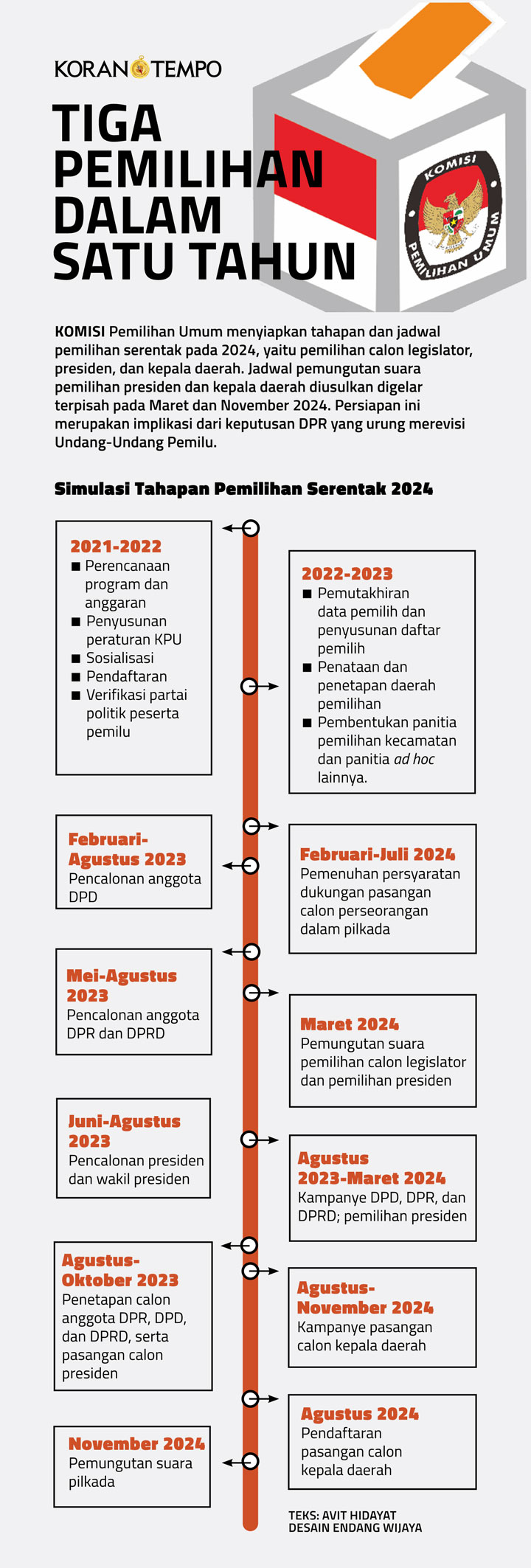

Indonesia makes an excellent case study for analysis because it is illustrative of the challenges involved in subsidy reform in developing countries – including corruption, vested interests, democratisation and domestic energy consumption dependent on fossil fuels. Numerous fuel subsidy reforms were attempted in Indonesia in the following decades but with varying degrees of success. The dramatic increase in fuel prices ignited protests and violent riots, representing the breaking point in public patience for the Suharto regime’s rampant corruption and poor governance the weeks of unrest following the reforms contributed to Suharto’s resignation in 1998. Indonesia’s first attempt at fossil fuel subsidy reform following the 1997 Asian financial crisis exacerbated the already dire economic crisis for people across the country. The success of these reforms will be examined through several angles: the durability of the reforms the economic effectiveness in reducing the amount of government expenditures to fossil fuel subsidies and the ability of the reforms to increase state revenue and improve the overall distribution of socio-economic benefits.


Using qualitative analysis, and adopting a political economy approach, this chapter asks whether the Indonesia case provides an example of ‘successful’ subsidy reform by analysing three periods of reform: (1) the aftermath of the Asian financial crisis under Presidents Suharto, Megawati and Wahid (1997–2003) (2) the introduction of social assistance programmes under President Susilo Bambang Yudhoyono, also known as SBY (2004–2013) and (3) the most recent reforms under President Joko Widodo, also known as Jokowi (2014–2015). However, these reforms have been going on for 15 years, yet subsidies are still offered. Indonesia is often referenced in the fossil fuel subsidies literature as a case of successful reform.


 0 kommentar(er)
0 kommentar(er)
